Get Ready To Shred: How To Prep Your Ski Gear For Winter
Winter is upon us and I don’t know about you, but the thought that we’ll soon be tearing down tree-lined slopes and smashing through powder makes me unpack all my snowboarding gear and get ready to ride. Okay, we still have a little time before shredding, but that doesn’t change the fact that now is a good time to start thinking about unpacking your ski gear.
Your ski equipment has most likely been in the depot since the end of the winter season. Sure, you noticed a few issues when you packed it away – your edges had a few burrs and your jacket wasn’t quite as waterproof as it could be – but those were issues for next winter. Well, that time has come. It’s time to winterize your snow gear so when the snow starts falling and the lifts start operating you’re not left fixing a broken binding or still trying to find a pair for a lonely glove.
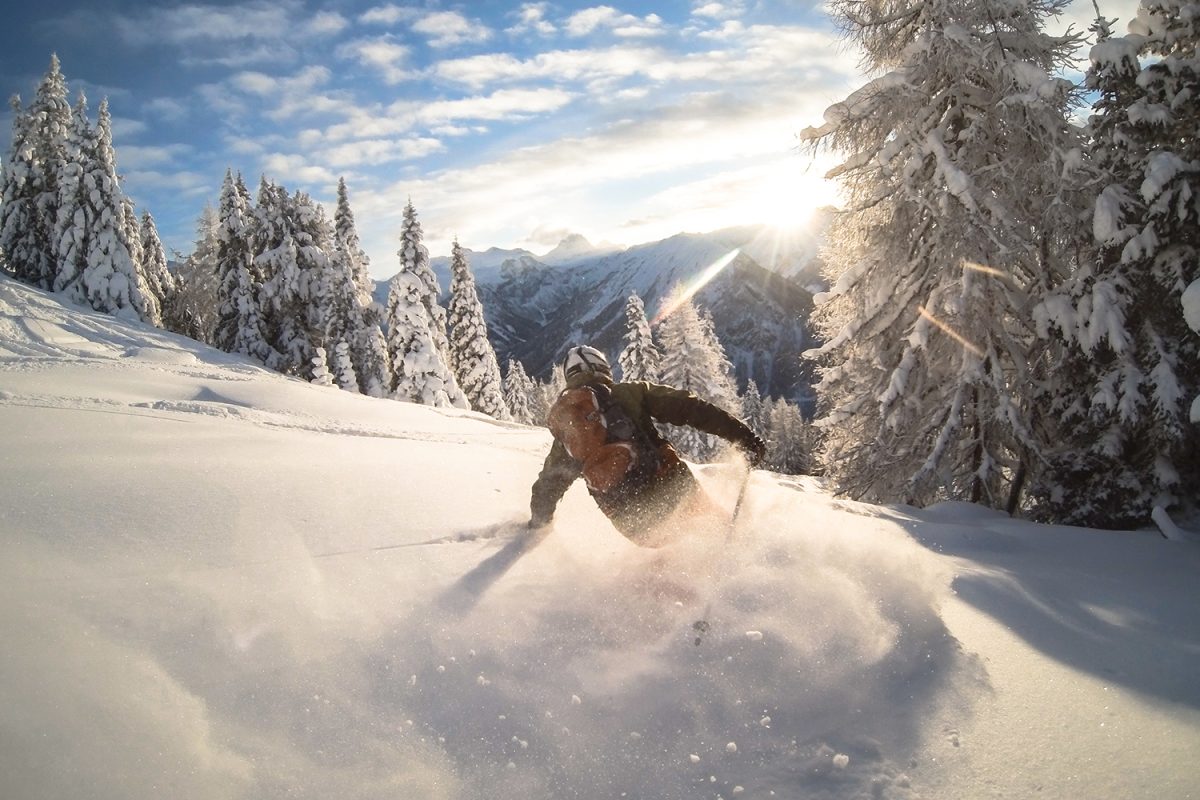
Examine your skis and snowboards
The most important part of your setup is your planks
Whether you’re a skier or a snowboarder, you want your gear to glide and carve the way it should, so fly, not fight. Clean your gear with a microfiber cloth – let it dry thoroughly before proceeding – and scrape off any storage wax. Always remember to scrape from the front to the back of your board and take your time to avoid damaging your base. Don’t worry if you haven’t waxed your gear; Just grab your tuning kit and wax your snowboard or skis.
Check your edges
Sharp edges grab the snow to help you carve long, sweeping curves, while blunt edges…well, they don’t. Test your edge by running the back of your fingernail across it lightly – a sharp edge will scrape your nail a little. Check your edges for ridges from hitting rocks or sliding down icy sections at the end of last winter. Large burrs require professional attention, but you can use an edging tool to sharpen smaller burrs and sharpen your edges. Detune the nose and tail – by slightly blunting the front and rear sections with a file – to prevent them from hitting the snow.
Check your bindings
Screws on snowboard bindings often come loose, so make sure they’re all still tight and your ratchets are working properly. Skiers, check that your DIN setting is correct and that the forward release is set correctly – check the instructions for your specific binding or ask a professional for help – so you are releasing as intended.
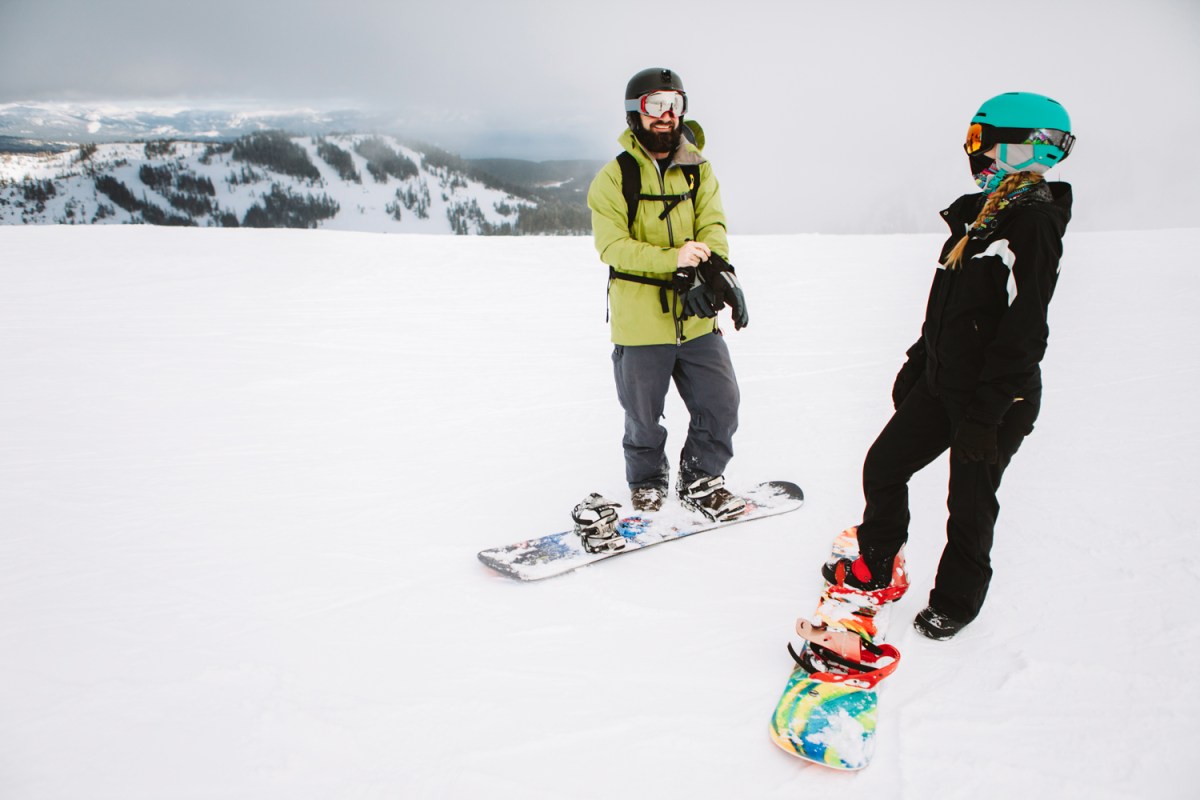
Check your boots
Hopefully you’ve stored your ski boots loosely strapped over the winter so they don’t get out of shape. Your feet change over time, so make sure your boots still fit properly. When you’re standing up straight, you should be able to feel your toes gently touching the end of your boot. As you crouch into your riding position, your toes should move slightly away from the end of your boot, giving you room but not movement. Check all the moving parts of your boots – laces, straps, buckles – for wear and tear that you may have missed.

Make sure your helmet is in good condition
Most skiers and snowboarders today wear a winter sports helmet when they ride to protect their head. Helmets have a manufacturer-recommended lifespan, so make sure your helmet isn’t getting too old to protect you, and if it is, think about hanging it up and replacing it. Double check your helmet and check for cracks, signs of wear or damage from summer storage. They’re not cheap, but helmets protect your head, so don’t take chances.
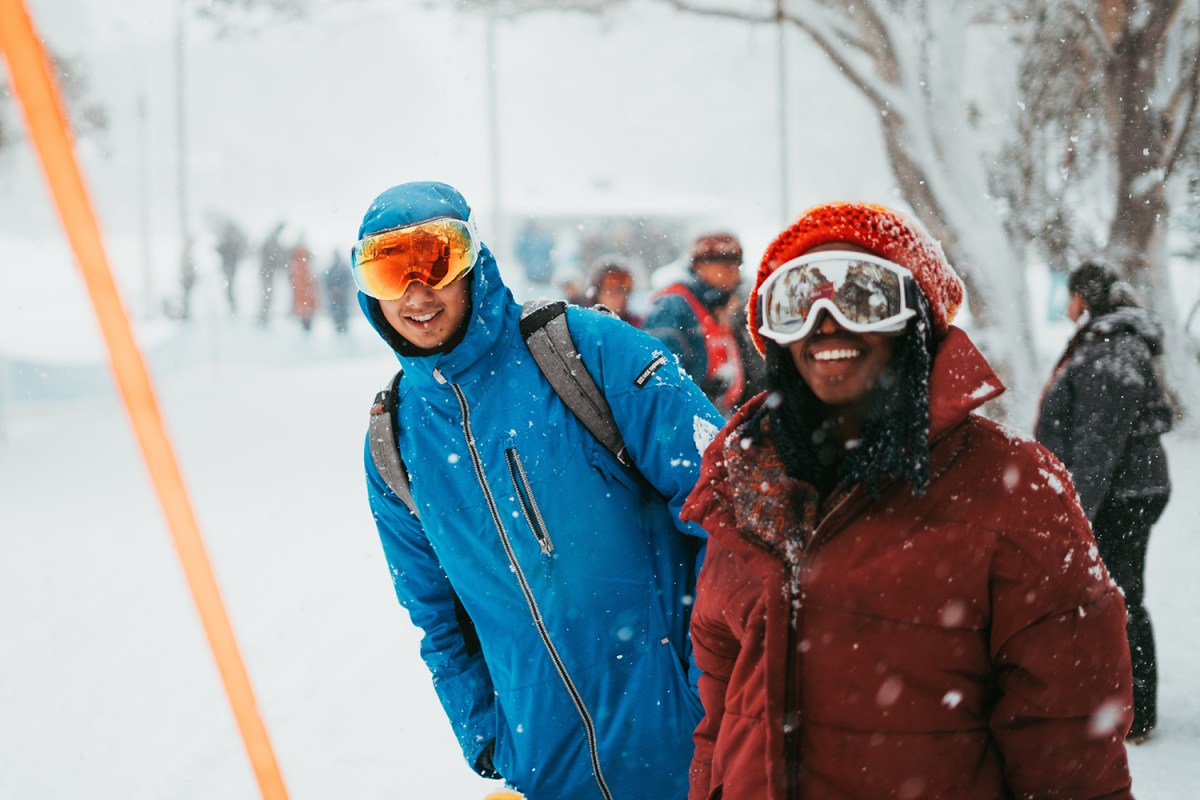
Does your snow gear still fit?
It’s been a few months since you packed away your snow gear so make sure it still fits you and if a summer of grilling and chilling has made it a little tight around the edges. It’s never a bad idea to re-waterproof your jacket and snow pants before the season starts. Just toss them in the wash with a waterproofing treatment – like Nikwax TX Direct – and they’ll keep you dry.
However, snow gear is not just about function. What you rocked on the slopes last year might not really take off this year, but there’s still time to grab a new ski jacket or snow pants before the season starts. Don’t forget to check your glasses too. Make sure the lenses don’t get scratched by your tree lines and that they fit over your new helmet. It might also be time to ditch the thirty-year-old sweater and invest in new lightweight merino wool thermals to give you more movement and freedom on the hill.
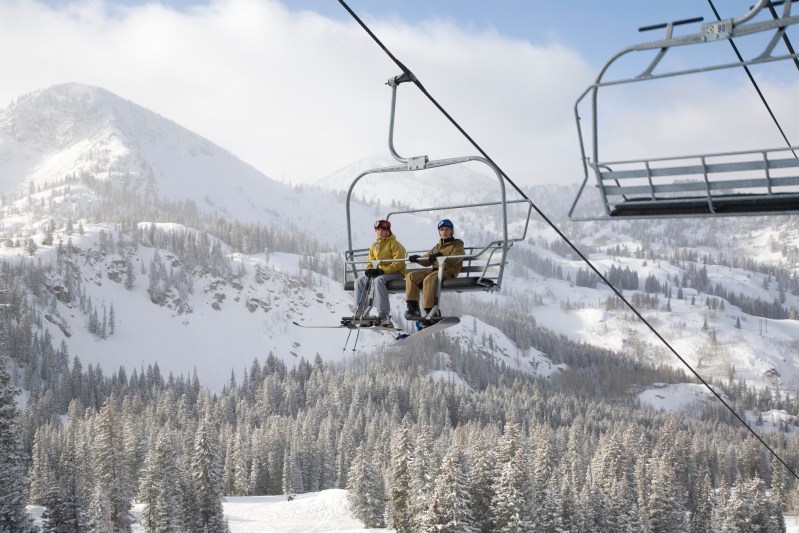
Get the early bird passes
You don’t want to pay too much for your ski passes, do you? Most ski resorts offer early bird ski passes at reduced prices. These often run through November, but this varies from resort to resort. If you know when you’re going to be skiing, it’s a good idea to buy your pass early to save yourself a chunk of money. The biggest savings here are on season passes, so what are you waiting for when you’re near a ski slope?
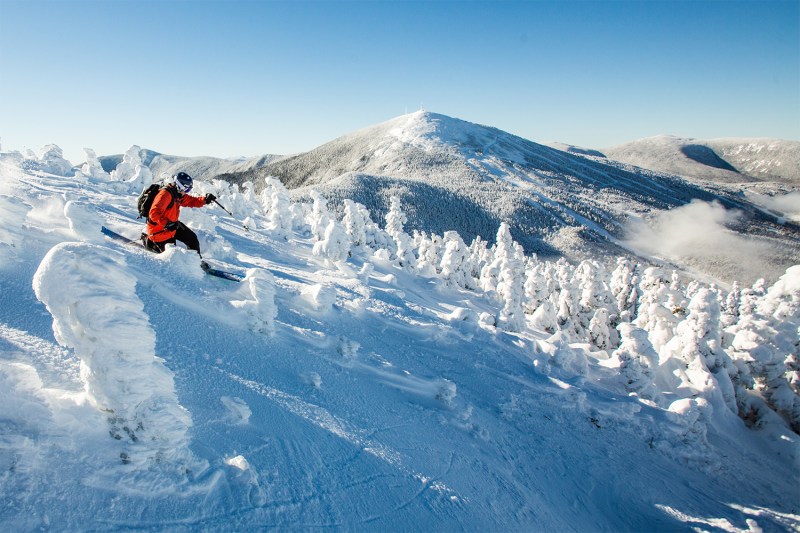
Start practicing
Skiing and snowboarding are physically demanding sports. With just a few months to go before the onset of winter, now is the time to get in shape for the season. Leg exercises — like squats and lunges — are essential to give you the strength you need for a full day of skiing, but don’t neglect full-body workouts if you plan to spend a full week on the slopes. The more you do now, the less likely you are to pick up an opening-day injury that puts all your hard work on the sofa. So try to schedule a few workouts each week.
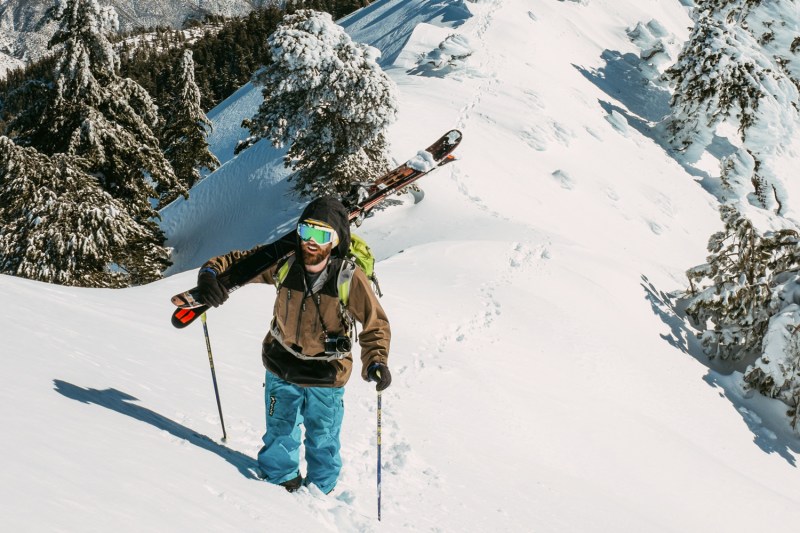
Familiarize yourself with the backcountry
Do you want to go off-piste and into the backcountry? Me too, but don’t neglect the included safety equipment. Check that your skins are okay and re-tap if they tend to peel at the edges, otherwise you’ll accumulate snow all the way to the top. Replace the batteries in your avalanche beacon – even if they indicate a good charge – and get out and practice. Bring a friend and brush up on your backcountry skills. Lastly, check and repack your bag so it’s always ready to go—complete with shovel, probe, first aid kit, and spare layers.
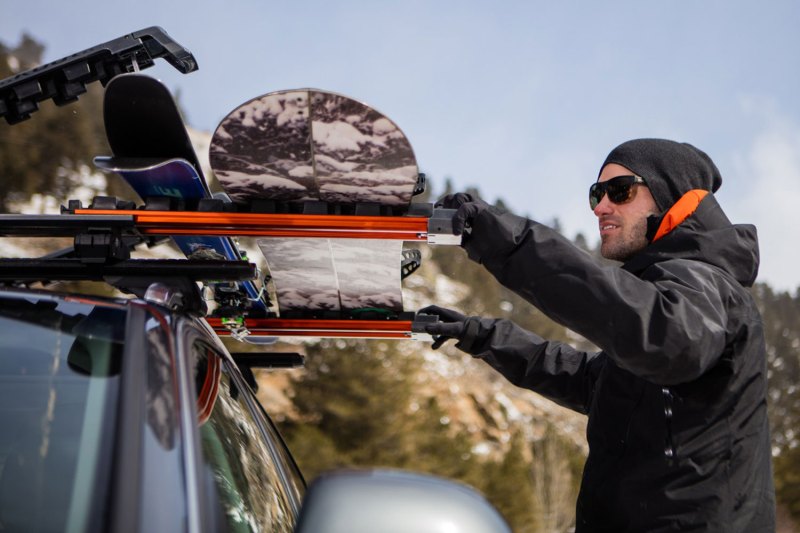
Bonus tip: Winterize your vehicle
If you’re planning on driving to the ski slope yourself this winter, make sure your vehicle is winterized. Are your winter tires in good condition and ready to go when the snow falls? What about your snow chains? Remember how to customize them? Even if you were a dexterity expert last winter, practice before you head out; nowhere is it worse to remember how chains sit than on the side of the road. Check that your ski rack is ready to use so you can hit the slopes as soon as possible.
Editor’s Recommendations